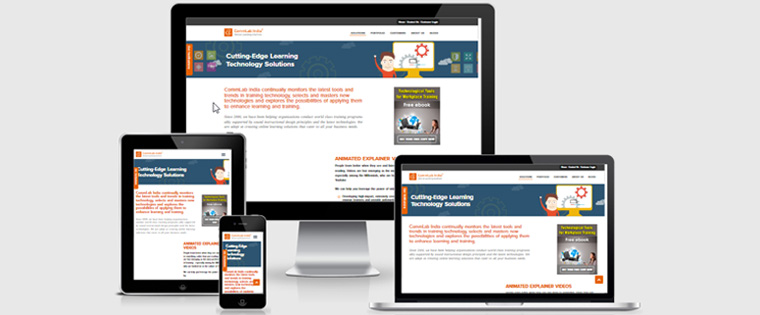3 Critical Aspects for a Successful Mobile Learning Strategy

Mobile learning puts knowledge in the palms of the learner. If you have to develop a mobile learning course that will meet the needs of your learners and provide them a compelling mobile learning experience, you will have to plan your learning strategy well. In this blog, we will discuss three critical factors you should consider for your mobile learning strategy.
1. Use Tracking Data to Your Advantage
When you use a mobile learning tool that is compliant with SCORM, you can track learner activity to help determine what is working and what you need to improve in your mobile learning strategy. It will help you find out how many people have viewed the course, how many have left it mid-way, and how many learners have actually completed the course.
This information will help you determine how to improve your mobile learning strategy. For instance, if only a small percentage of learners are able to complete a part of mobile learning course you have created, then it is time to assess the difficulty level of the course. Similarly if one of your courses has found huge success, then you can consider introducing additional content on the same topic. Or if you notice that your learners are spending more time on a screen and abandoning the course at that point, probably the media element in the slide is taking a long time to load or the content is not clear.
Such data is valuable in designing mobile learning courses and will help you focus your time and attention on creating a course that will be useful to your audience.
2. Build in Social Engagement
Mobile learning can be a good vehicle to drive social engagement in your learners. Use this to your advantage in your mobile learning strategy. You can use social media platforms as a resource to motivate your learners and help them connect with like-minded people. You can facilitate peer interaction on relevant training topics through chat facilities, SMSs, or discussion boards which can be a source of information to your audience.
Mobile learning can be used to create social engagement such as inviting feedback, creating polls, discussions, and encourage collaboration. It can act as the platform for learners to discuss, share, collaborate, and learn. Another alternative is to use a mobile supported LMS with social features that will help employees interact with each other and share knowledge.
3. Assessments
Assessments are a significant part of your mobile learning strategy. Mobile learning courses can be truly effective if you know how to assess learners’ knowledge and help you know whether they have actually absorbed the content of the course.
Mobile devices can be used to conduct assessments which can be part of a course or standalone micro quizzes that can be delivered on mobile devices. They can be in various forms – simple multiple choice questions to quizzes, puzzles, and games. There are a few strategies to remember when designing assessments for mobile learning – keep the questions brief and precise, provide immediate feedback and allow for offline access to the assessments.
It is wise not to provide timed assessments to your learners because theywill most likely not be able to devote a specific slot of time to complete it. Remember that learners will access the course whenever and wherever and may have distractions that can prevent them from completing a timed assessment. Moreover, mobile learning gives learners the option to learn at their convenience, so it is natural they expect the same flexibility with assessments. So give them the choice to complete or do the assessment later.
Assessments in mobile learning need not be restricted to a particular format. You can use interactive assessments such as scenarios or simulations. However, you must ensure that the visual design of these assessments is free of clutter and simple because learners will be accessing them on devices with varying screen sizes.
A mobile learning strategy requires a different approach than an e-learning course. Taking care of the above aspects of your mobile learning strategy will ensure its success in motivating learners to sign up and complete the course.





